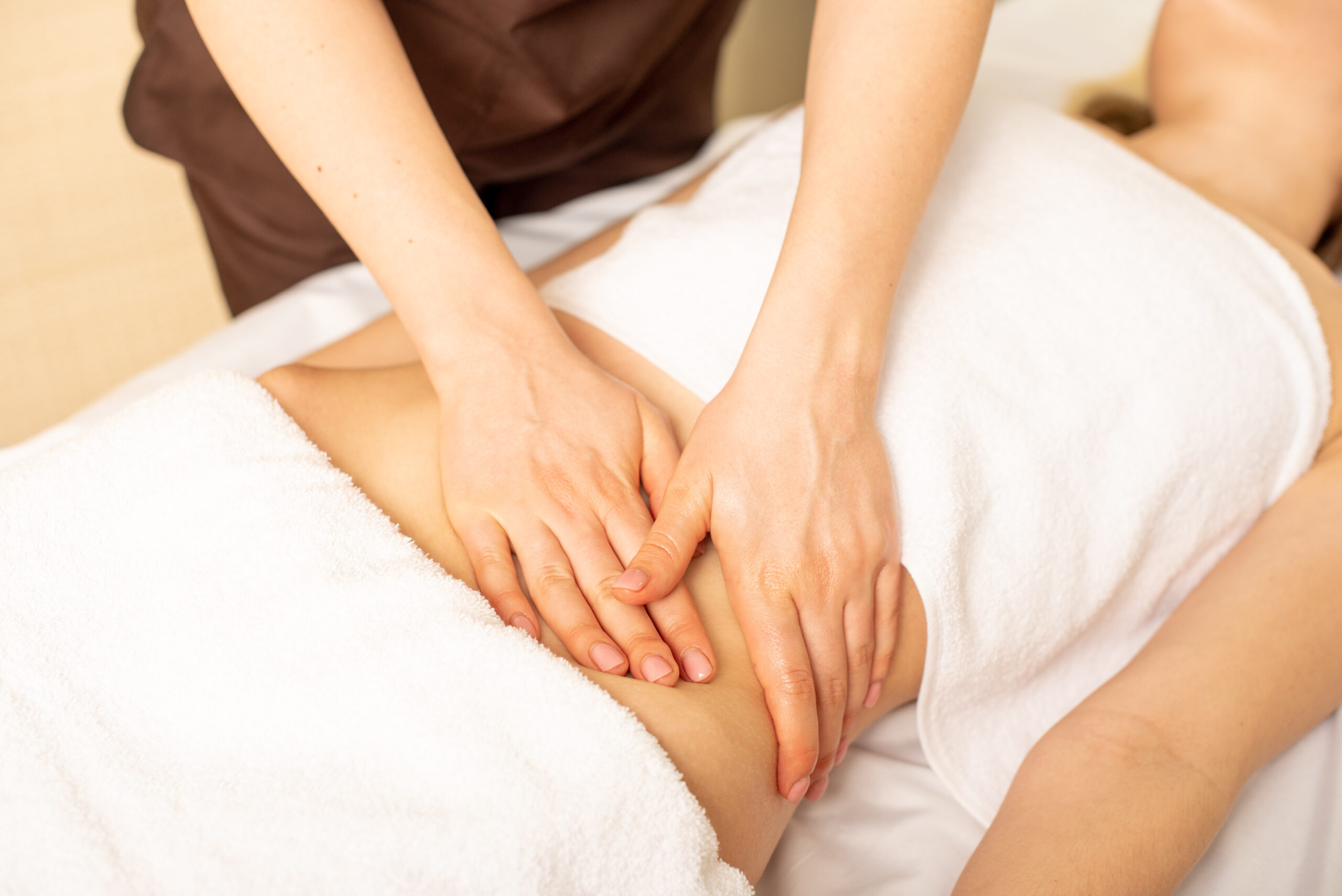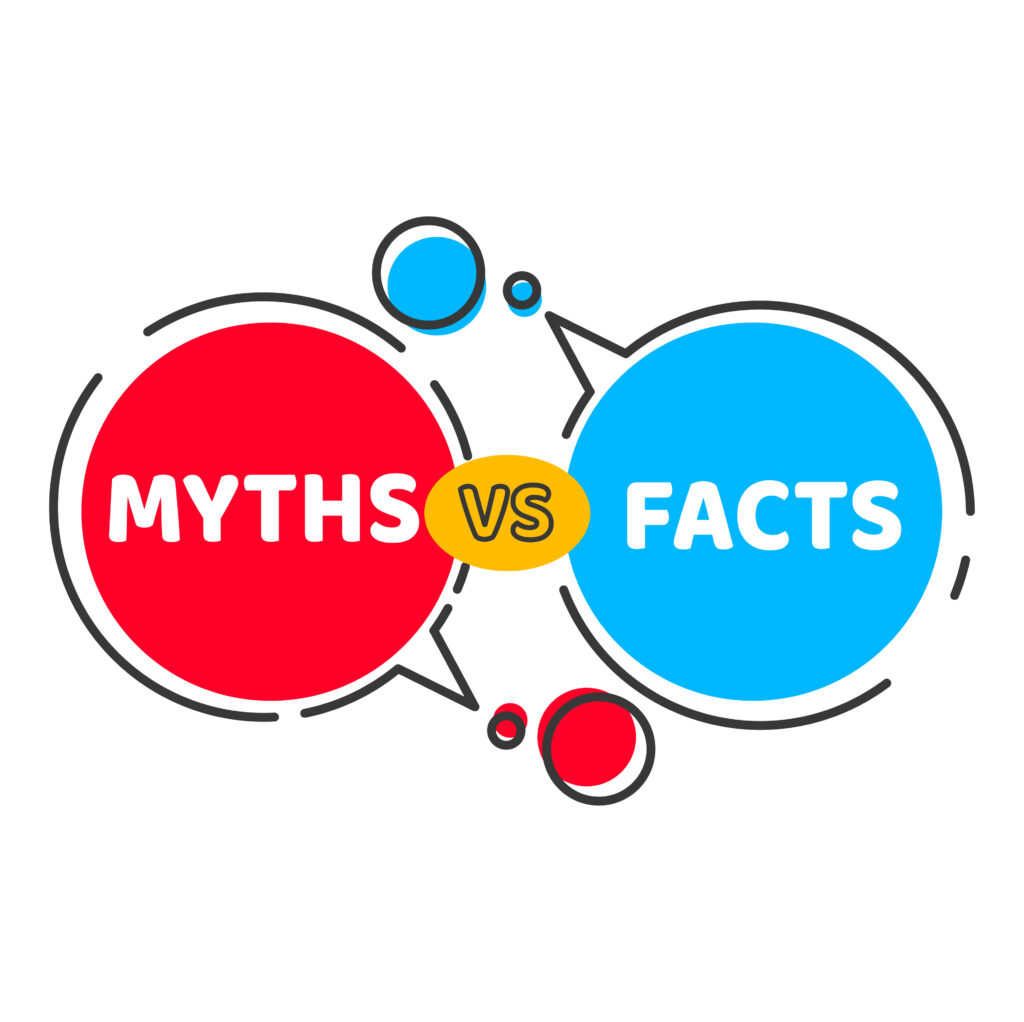Busting Lymphatic Drainage Myths: Separating Fact from Fiction
The lymphatic system, often overshadowed by its more famous cousin, the cardiovascular system, plays a crucial role in waste removal and immune function. Consequently, lymphatic drainage, promoting the movement of fluid within this network, has garnered significant interest in recent years. However, amidst this growing attention, misconceptions and myths have also flourished.
This blog aims to shed light on the truth behind common lymphatic drainage claims, separating fact from fiction to empower you with accurate information.
Myth #1: Lymphatic Drainage is a Quick Fix for Weight Loss
Reality: While promoting fluid movement may indirectly contribute to a slight reduction in water weight, lymphatic drainage is not a magical weight-loss solution. Sustainable weight management requires a holistic approach addressing dietary habits, physical activity, and overall lifestyle changes.
Myth #2: Any massage technique qualifies as lymphatic drainage.
Reality: False. True lymphatic drainage requires specific techniques and extensive knowledge of the lymphatic system’s anatomy and physiology. While dry brushing or self-massage may offer some benefits, they cannot match the efficacy of professional lymphatic drainage performed by a certified therapist with ample experience in lymphatic drainage techniques.
Myth #3: Lymphatic drainage is painful and uncomfortable.
Reality: The lymphatic drainage technique is supposed to be gentle and soothing, not painful. Though you might feel slight discomfort in congested areas, the sensation shouldn’t be unpleasant. If you experience any pain during a session, don’t hesitate to communicate any discomfort with your therapist right away.
Myth #4: Dry Brushing, Jumping on Trampolines, and Special Teas “Detox” Your Lymphatic System
Reality: The lymphatic system is a self-regulating network constantly working to eliminate waste. While certain activities like dry brushing may stimulate circulation, they don’t “detox” the system in the way often portrayed. Your body has its own detoxification mechanisms, and focusing on healthy habits like adequate hydration, balanced diet, and regular exercise is key.
Myth #5: Lymphatic Drainage Massage Cures Cellulite
Reality: Cellulite is a complex issue primarily influenced by genetics, hormones, and body fat distribution. While lymphatic drainage massage may temporarily improve the appearance of cellulite by temporarily reducing fluid and increasing local circulation, it is not a long-term solution.
Myth #6: “Detox” Waters and Supplements Boost Lymphatic Function
Reality: No single food, drink, or supplement can magically improve lymphatic function. While staying hydrated is crucial for overall health, relying solely on “detox” products is unnecessary and potentially harmful. Consult your healthcare provider before starting any new supplements.
Myth #7: Lymphatic Drainage is Safe for Everyone
Reality: While generally safe for healthy individuals, lymphatic drainage may not be suitable for everyone. People with certain conditions like active infections, blood clots, or heart disease should consult their doctor before considering it.
Myth #8: Lymphatic drainage is only beneficial after surgery.
Reality: While it plays a crucial role in post-surgical recovery, lymphatic drainage offers benefits for various conditions, including chronic swelling, pain, and immune system deficiencies. It can also be used for general wellness and relaxation.
Benefits and Limitations:

Benefits:
- Reduced swelling: In individuals with lymphedema (a chronic condition of fluid buildup), manual lymphatic drainage under the guidance of a trained professional can be helpful in managing swelling.
- Improved circulation: Certain forms of lymphatic drainage, like gentle massage, may promote local blood circulation, potentially aiding in wound healing and tissue repair.
- Stress relief and relaxation: Some forms of lymphatic drainage, like massage, can provide relaxation and stress reduction benefits.
Limitations:
- Limited research: While some studies suggest potential benefits, more research is needed to fully understand the efficacy of various lymphatic drainage techniques for different conditions.
- Not a cure-all: It’s crucial to remember that lymphatic drainage is not a cure for any specific disease or condition.
- Potential risks: If performed incorrectly, certain techniques may exacerbate swelling or cause injury. Always consult a qualified practitioner.
The Take-Home Message:
The lymphatic system is a complex and fascinating network essential for maintaining good health. While lymphatic drainage may offer some benefits, it is crucial to approach it with realistic expectations and informed understanding. For any questions regarding the lymphatic system and lymphatic drainage massage, reach out to Theresa Gamlin, a certified lymphatic drainage massage therapist located in Mission Valley (San Diego, CA.)
Remember, the best approach to supporting your lymphatic health lies in a combination of healthy lifestyle habits, including:
- Regular exercise: Engage in moderate-intensity physical activity most days of the week.

- Hydration: Drink plenty of water throughout the day.
- Balanced diet: Consume a diet rich in fruits, vegetables, and whole grains.

- Stress management: Practice relaxation techniques like meditation or yoga.
By understanding the myths and realities of lymphatic drainage, you can make informed decisions about whether it’s right for you and maximize its potential benefits. Remember, a healthy lifestyle and open communication with your healthcare providers are key to achieving and maintaining optimal health. For any questions or concerns, please feel free to contact Theresa Gamlin at the Bodhi Tree Holistic in San Diego.
Disclaimer: This blog is for informational purposes only and should not be considered medical advice. Always consult with your healthcare provider before starting any new treatment or therapy.
Additional References:
https://thebodhitreeholistic.com/
National Lymphedema Association: https://www.lymphnet.org/
American Academy of Physical Medicine and Rehabilitation: https://www.aapmr.org/
National Cancer Institute: https://www.cancer.gov/












